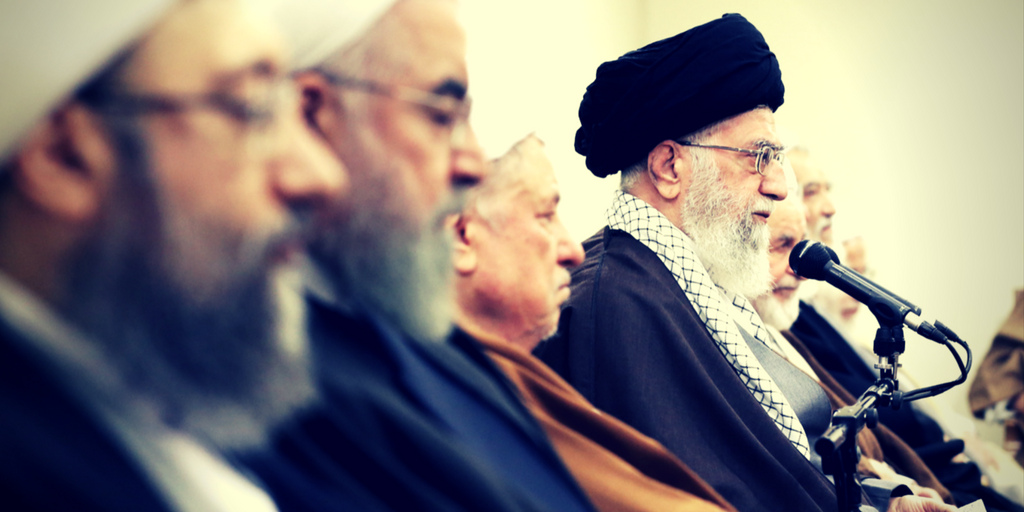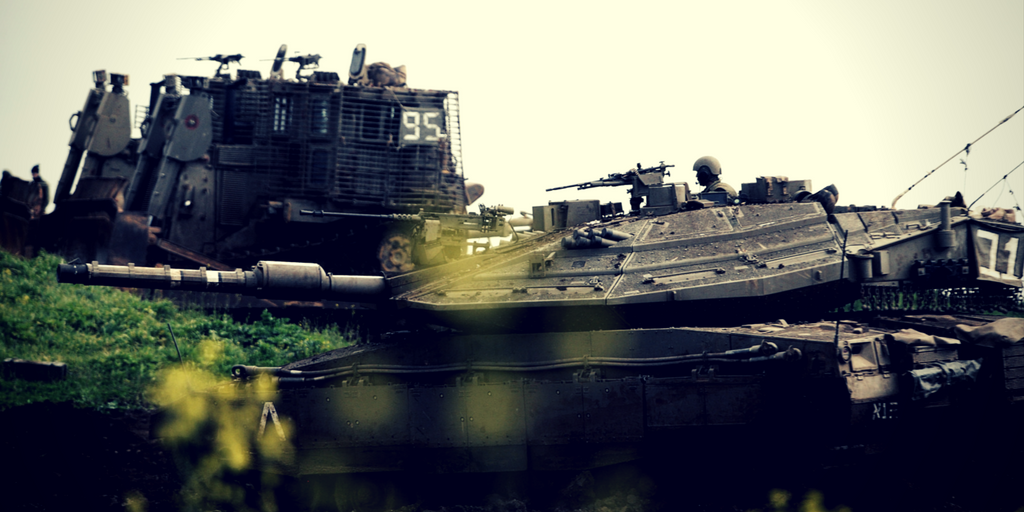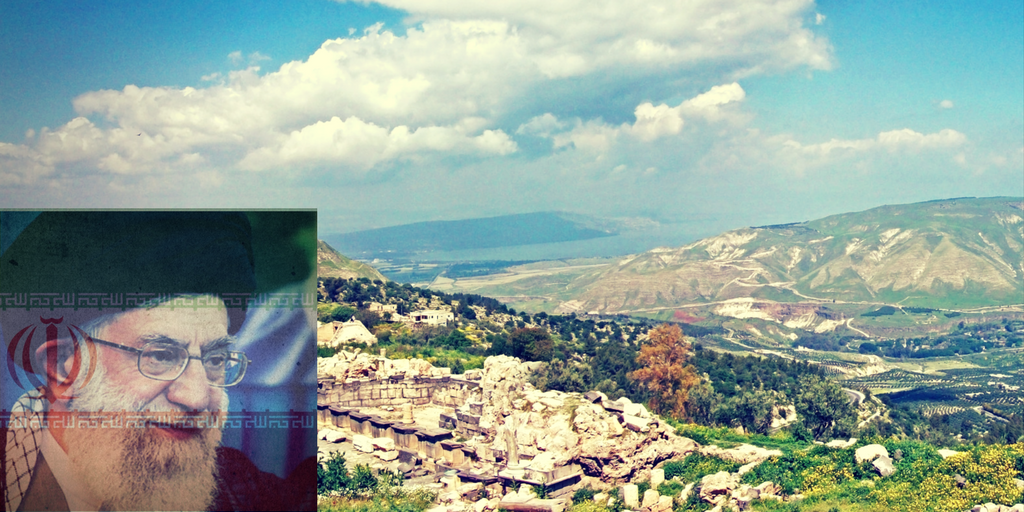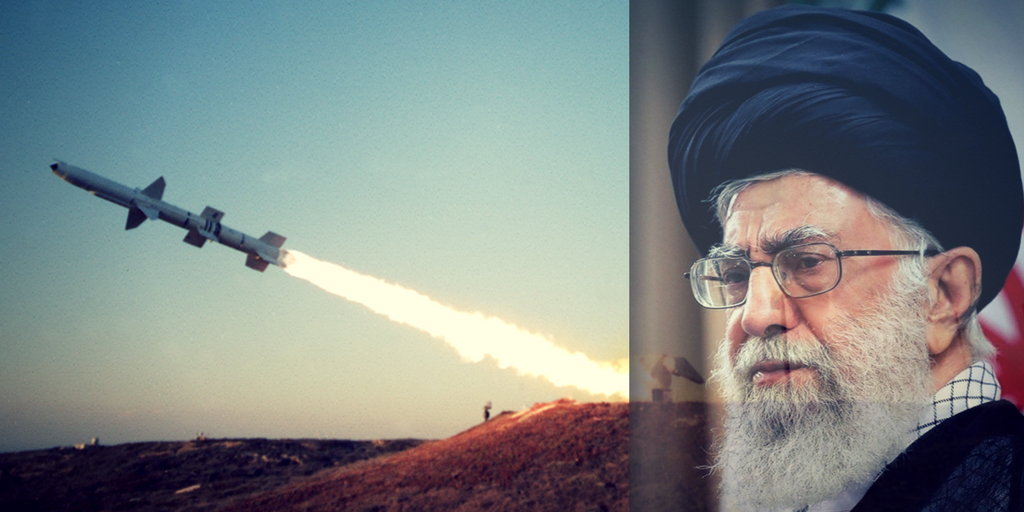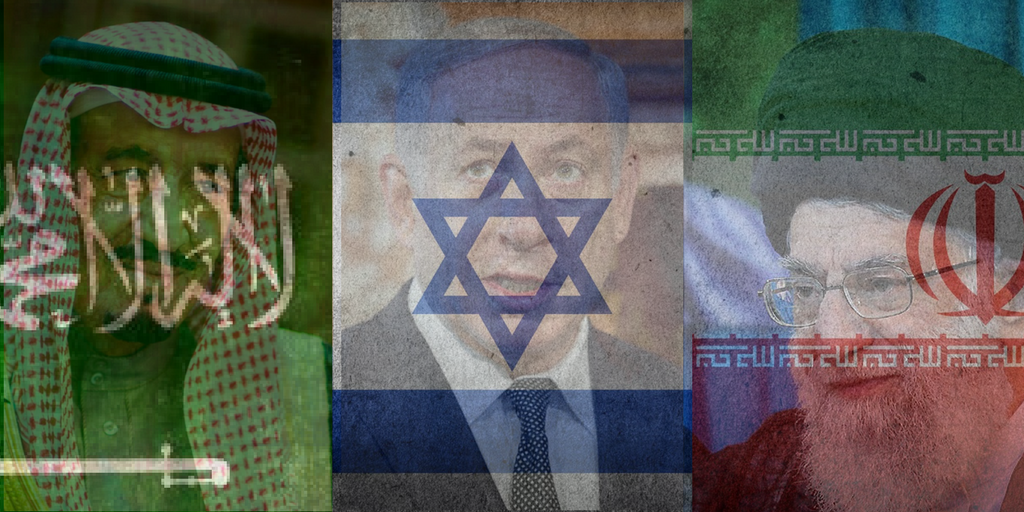Last week Iran fired six ground to ground missiles at Deir el-Zour, more than 600 kilometers (370 miles) away in Eastern Syria, reportedly at ISIS. Most reports indicated that the missiles missed their mark and fell apart hitting the desert.
While Iran has never disagreed on those two points, the Mullahs have pushed back on the reasons for the stunning miss.
State TV’s website quoted the airspace division chief of Iran’s Revolutionary Guard Gen. Amir Ali Hajizadeh as saying “we had coordinated the fall of the engines in the desert in Iraq” in advance.
“The missiles we used were two-stage, it means that the engine separates from the warhead,” said Hajizadeh.
Impact on Israel
Israel reported that the warheads missed their mark, while three didn’t even reach Syrian territory. If the report is correct, Iranian missile technology, at least the kind that was used on Sunday is not as advanced as orginally thought. Does this mean Israel should rest easy?
No. The Iranian regime is also very good at playing games. They could have launched those missiles purposely showing off faulty technology to throw the West off.
This is a lot better than the official explanation given for the reason why Israel was able to track downed missiles:
“Pity those who call themselves experts and do not understand that these were the first-stage engines (that fell), while the warheads hit targets.”
Either the Iranian regime doesn’t know the Russians, USA, and Israel all recorded missiles that missed their mark or they are just face saving. Either way, unless this is a ruse, the Mullahs are in far worse shape than we thought.

